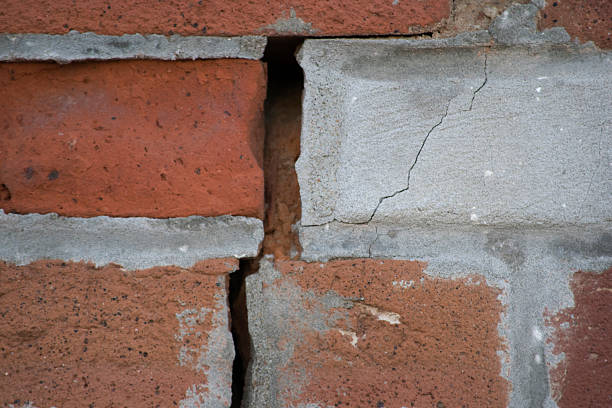When Your Chicago Property Needs Tuckpointing

Chicago's architectural landscape, characterized by its rich history and diverse styles, stands as a testament to the city's enduring charm. However, the very elements that make Chicago unique—its variable climate, exposure to extreme weather conditions, and the passage of time—can take a toll on the mortar and brickwork of properties. In this article, we explore the telltale signs that indicate your Chicago property may be in need of tuckpointing, a critical maintenance practice that ensures the longevity and structural integrity of your brick structures.
Being attuned to these signs is crucial for property owners in Chicago seeking to preserve the structural integrity and aesthetic appeal of their buildings. Tuckpointing, when performed at the right time, not only addresses existing issues but also prevents more extensive and costly repairs down the line. Regular inspections and proactive tuckpointing can ensure that your Chicago property stands resilient against the test of time and continues to contribute to the city's architectural legacy.
Mortar Erosion and Deterioration
One of the primary signs that your property requires tuckpointing is the erosion or deterioration of mortar joints. Crumbling, cracking, or missing mortar can compromise the structural stability of the brickwork.
Efflorescence on Brick Surfaces
Efflorescence, the white powdery substance on brick surfaces, is a sign of water infiltration. Tuckpointing can repair mortar joints and prevent further efflorescence, preserving the appearance of your property.
Visible Gaps and Spaces
Inspect the exterior of your property for visible gaps or spaces between bricks and mortar joints. Gaps can allow water to penetrate, leading to potential water damage and further deterioration.
Water Leaks and Stains
Water leaks inside your property or water stains on the exterior walls may indicate compromised mortar. Tuckpointing can help address these issues, preventing water from infiltrating your property.
Brick Displacement or Misalignment
f you notice bricks that appear to be misaligned or are starting to shift, it's a clear indication of mortar deterioration. Tuckpointing can restore the alignment and prevent further displacement.
Interior Water Damage
Water damage inside your property, such as dampness, mold, or mildew, may be linked to compromised exterior mortar. Tuckpointing can halt water infiltration, addressing the root cause of interior damage.
Cracks in Exterior Walls
Cracks in the exterior walls, especially around mortar joints, are red flags for structural issues. Tuckpointing can strengthen weakened joints and prevent further cracking.
Deterioration Due to Weather Exposure
Chicago's weather, with its harsh winters and variable conditions, can accelerate the deterioration of mortar. Regular inspections and timely tuckpointing can counteract the effects of weather exposure.
Age of the Property
Older properties, particularly those over several decades, may naturally require tuckpointing as mortar ages and wears out. Routine inspections can identify the need for maintenance and preserve the longevity of the structure.